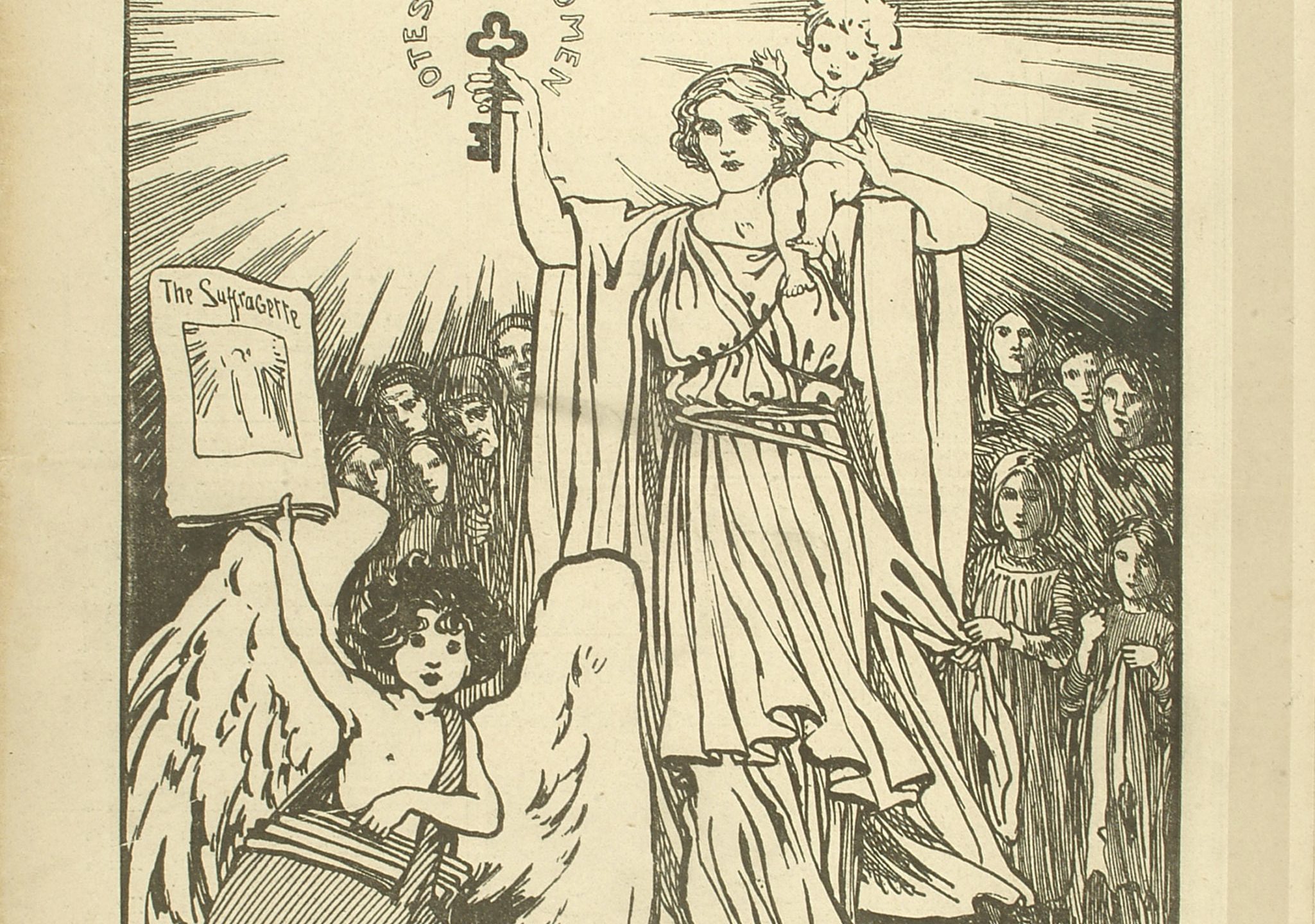
Empowerment and the Suffragettes movement
Published
This year marks the 100th anniversary of women first voting in the UK. Despite infiltrating the walls of Westminster all those years ago, at present, just 208 of the UK’s 650 members of parliament are women.
When it comes to the country’s sports governance, Women in Sport’s Beyond 30% report found that in England, just under half of the national governing bodies of sport are failing to achieve the required number of women on boards.
In 1903, the votes for women campaign was energised by the founding of the Women’s Social and Political Union in Manchester by Emmeline Pankhurst and her daughters. As the campaign’s battle cry of ‘Deeds not Words’ gained support the WSPU relocated to London in 1906 to join other groups campaigning for the cause.
Beverley Cook (pictured below), the curator of the Museum of London’s Votes for Women display and one of the speakers at Women in Sport’s forthcoming Empower Conference, chatted to the charity about the movement.
The Museum of London’s Votes for Women centenary display shines a spotlight on the objects and individuals that played a part in the historic campaign for the women’s vote.
People from the sports and gender equality industries will gather at the museum on 18 October to discuss the future of sport for women and girls and poignantly, alongside them, Emmeline Pankhurst’s prison hunger strike medal and Louise Mary Eates’ Holloway prison pendant will be exhibited.
In sport, trailblazers are often championed as standalone stars, but by contrast, the Suffragette movement was all about team work, these women had to persuade others to join the cause.
Beverley explains: “We define Suffragettes as women that were involved in the militant campaign to get the vote. They were a specific type of woman who believed in direct action. Thousands and thousands of women believed in the right to vote but they didn’t necessarily join the militant campaign.
“The Women’s Social and Political Union was led by Emeline Pankhurst and her daughters. That is hugely significant because they were incredibly charismatic characters and they were inspirational speakers. Many women who joined the organisation and the union had simply gone along to hear them talk. Just like in sport, it was important to have that charismatic and inspirational leadership to empower you.
“In terms of empowering women, here they were leading by example and that was something that a lot of women at that time were drawn to, these role models that they could aspire to be.
“Once women started to join the campaign it enabled them to work together very effectively. One of the reasons for this was because even though they came from all sorts of backgrounds, they had one single cause and that was to get the vote. “
When pressed on what she thinks sport can learn from the Suffragettes, Beverley was quick to highlight the success of their inclusivity and synergy. She says: “In terms of lessons that can be learned from the past I think it’s about working together to be agents of change. That is the most effective thing. All too often we work in isolation. I think women are at their strongest when they work together for a common cause.”
